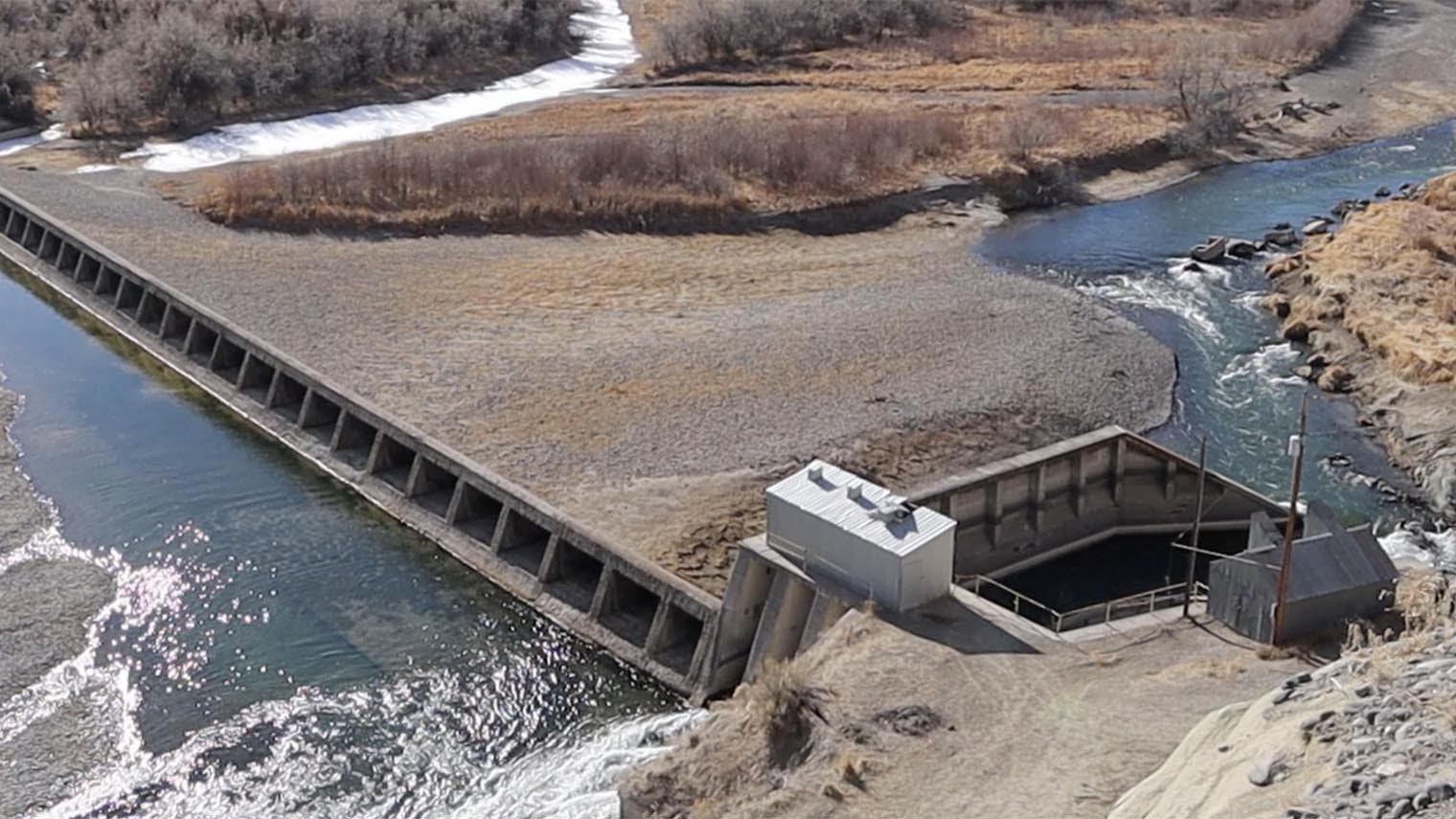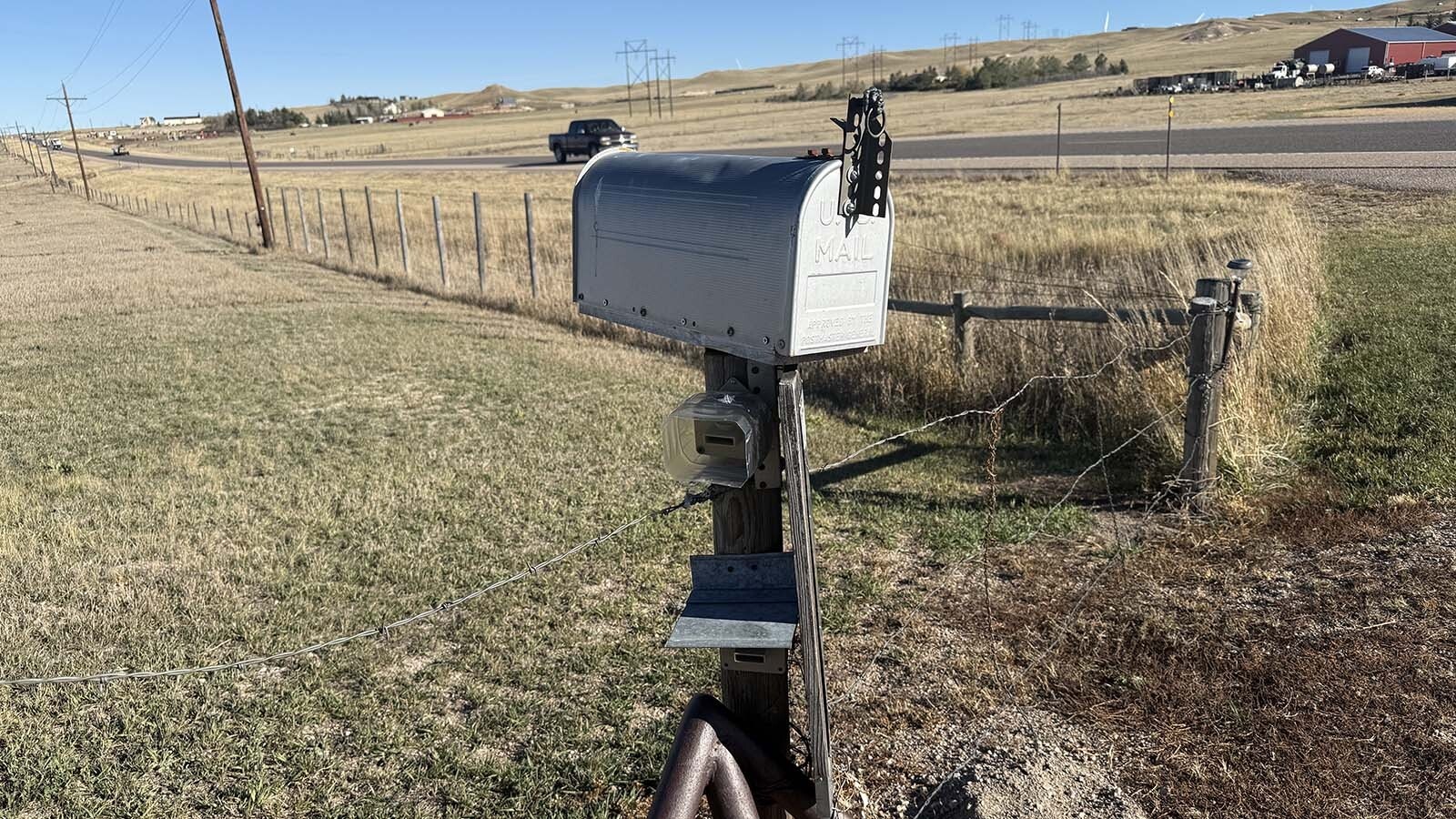The Corbett Tunnel, which carries irrigation water to farms and ranches from the Buffalo Bill Reservoir west of Cody, has been doing its job without fail for over 110 years.
But when a similar tunnel collapsed in Goshen County, Wyoming, in 2019, the Shoshone Irrigation District’s watermaster became concerned that something similar could happen here.
“Talking to some of the local farmers around here, we’re going, ‘Well, what do we do,’ you know?” said Trent Reed. “Has anything been done?”
The thorough inspection of the tunnel using ground-penetrating radar has revealed no major problems with the tunnel, district officials learned last week.
Reed said the inspection was arranged because without the canal, the Bighorn Basin would not be able to sustain its agriculture industry.
“Without it, this area would be a desert – we would not have production agriculture here,” he said. “Fifty-four thousand acres would go without water.”
So Reed, whose family has used ground-penetrating radar in its farming operation, contacted Ily Nunn, who owns and operates NU Locating out of Casper.
The company created a system to use ground-penetrating radar to determine the integrity of the 3.3 mile long stretch of tunnel north of Cody.
“It’s a unique technology, and it allows us to see non-metallic things in the ground as well,” Nunn explained. “So we’re able to detect rebar, reinforcement, voids, geological layers – a lot of things outside of just utilities.”
After completing its full investigation on the tunnel in November, NU Locating presented its findings to the Shoshone Irrigation District members at a meeting in Powell last week.
“We didn’t find anything that needs to be taken care of exactly right now,” said Pete Harshman with NU Locating. “We found a 40-foot possible void, maybe 8 foot away from the tunnel, some more water in some different areas than where they are channeling water already into the tunnel.”
But fortunately, according to Reed, nothing catastrophic is on the horizon.
“This next winter, after the water’s turned out, we’ll go and do some exploratory drilling, you know, see what there is, pump grout in, addressing those situations,” he said.
Reed said even though the canal was built in 1908, the materials and the engineering have stood the test of time.
“They actually first started delivering water in 1909, so this project has been here for a very long time. And it’s pretty amazing to look at the infrastructure and how well it’s held up for, you know, 100-plus years.”
Reed added that the information presented by NU Locating will help the irrigation district determine and prioritize maintenance projects for the next few years.
“We will continue to monitor, this next winter we’ll probably do some exploratory coring in the tunnel, just to make sure,” he notes. “If there’s anything there, we’ll probably pump some grout into those areas, just to solidify that, so we don’t have a void there.”
And Reed emphasized that the money spent on the scan is a cost-effective insurance policy.
“We’re dealing with one-hundred year old infrastructures – and that’s not just here, but across the whole western United States. It’s something that everybody’s going to be dealing with somewhere down the road.”





